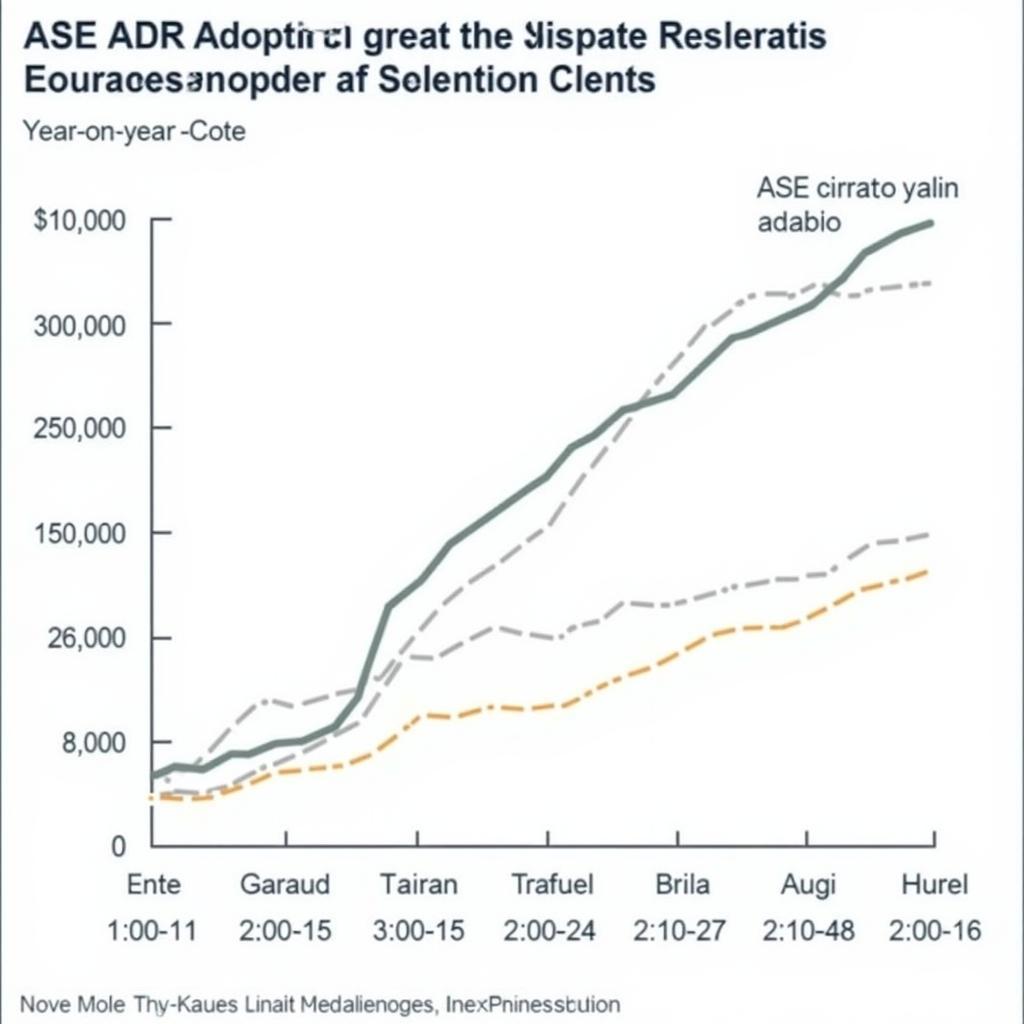ASEAN QFP, or the ASEAN Qualification Framework, is a vital instrument for promoting regional integration and facilitating the mobility of skilled labor within the Southeast Asian region. This framework aims to standardize qualifications across ASEAN member states, making it easier for individuals to have their skills and education recognized across borders. This comprehensive guide will delve into the key aspects of the ASEAN QFP, its benefits, challenges, and its significant role in shaping the future of the ASEAN workforce.
What is the ASEAN Qualification Framework (AQF)?
The ASEAN Qualification Framework (AQF) is a regional meta-framework that links the national qualification frameworks of ASEAN Member States. It provides a common reference point for comparing qualifications across different education and training systems. The AQF aims to enhance transparency, comparability, and mutual recognition of qualifications, fostering greater mobility for learners and workers within the ASEAN community. This framework is not just about academic degrees; it encompasses vocational training, lifelong learning, and prior learning experiences.
Benefits of the ASEAN QFP
The implementation of the AQF yields numerous benefits for individuals, institutions, and the ASEAN region as a whole. For individuals, the AQF facilitates cross-border recognition of qualifications, making it easier to pursue further education or employment opportunities in other ASEAN countries. This increased mobility can lead to enhanced career prospects and personal development. For institutions, the AQF provides a benchmark for quality assurance and encourages collaboration and harmonization of education and training standards.
- Enhanced Mobility: Ease of movement for skilled labor across ASEAN borders.
- Improved Quality Assurance: Common standards and benchmarks for education and training.
- Greater Transparency: Clearer understanding of qualifications across different systems.
- Increased Employability: Improved recognition of skills and qualifications by employers.
Challenges and Opportunities of the ASEAN QFP
While the AQF presents significant opportunities, it also faces challenges. One key challenge is ensuring effective implementation across diverse national systems. Each ASEAN member state has its own unique education and training landscape, and aligning these systems with the AQF requires ongoing collaboration and capacity building. Another challenge is raising awareness among stakeholders, including learners, employers, and education providers, about the benefits and application of the AQF.
How Does the AQF Work in Practice?
The AQF operates on a level-based system, with eight levels representing different learning outcomes. Each level is defined by a set of descriptors that specify the knowledge, skills, and application abilities expected of an individual holding a qualification at that level. This allows for a clear comparison of qualifications across different systems.
- Level 1: Basic foundational skills.
- Level 8: Doctoral qualifications.
“The AQF is a key enabler for building a competitive and integrated ASEAN labor market,” says Dr. Anya Sharma, a leading expert on regional education policy. “By promoting transparency and mutual recognition of qualifications, the AQF empowers individuals to pursue their educational and career aspirations across the region.”
The Future of the ASEAN QFP
The AQF is a dynamic framework that continues to evolve to meet the changing needs of the ASEAN region. Ongoing efforts focus on strengthening implementation, promoting wider recognition, and expanding the scope of the framework to encompass emerging areas such as digital skills and lifelong learning. The AQF is poised to play a critical role in driving regional integration and fostering a highly skilled and mobile ASEAN workforce.
“The ongoing development of the AQF demonstrates ASEAN’s commitment to investing in its human capital,” adds Mr. Kenji Tanaka, a prominent business leader in Southeast Asia. “This framework is instrumental in creating a workforce that is equipped to meet the demands of a rapidly evolving global economy.”
Conclusion
The ASEAN Qualification Framework (AQF) is a pivotal instrument for driving regional integration and promoting the mobility of skilled labor within ASEAN. By providing a common reference point for comparing qualifications, the AQF fosters greater transparency, comparability, and mutual recognition. While challenges remain in its implementation, the AQF offers significant opportunities for individuals, institutions, and the ASEAN region as a whole. By continuing to refine and expand the framework, ASEAN is investing in its human capital and building a more integrated and competitive regional economy.
FAQ
- What does ASEAN QFP stand for? ASEAN Qualification Framework.
- How many levels are there in the AQF? Eight levels.
- What is the purpose of the AQF? To facilitate the cross-border recognition of qualifications.
- Who benefits from the AQF? Individuals, institutions, and the ASEAN region.
- What are some of the challenges of implementing the AQF? Diverse national systems and raising awareness.
- How does the AQF promote mobility? By making it easier for individuals to have their skills recognized across ASEAN.
- What is the future of the AQF? Ongoing development to encompass emerging areas like digital skills.
For further assistance, please contact us at Phone Number: 0369020373, Email: [email protected], or visit our address: Thon Ngoc Lien, Hiep Hoa, Bac Giang, Vietnam. We have a 24/7 customer service team available to help.

